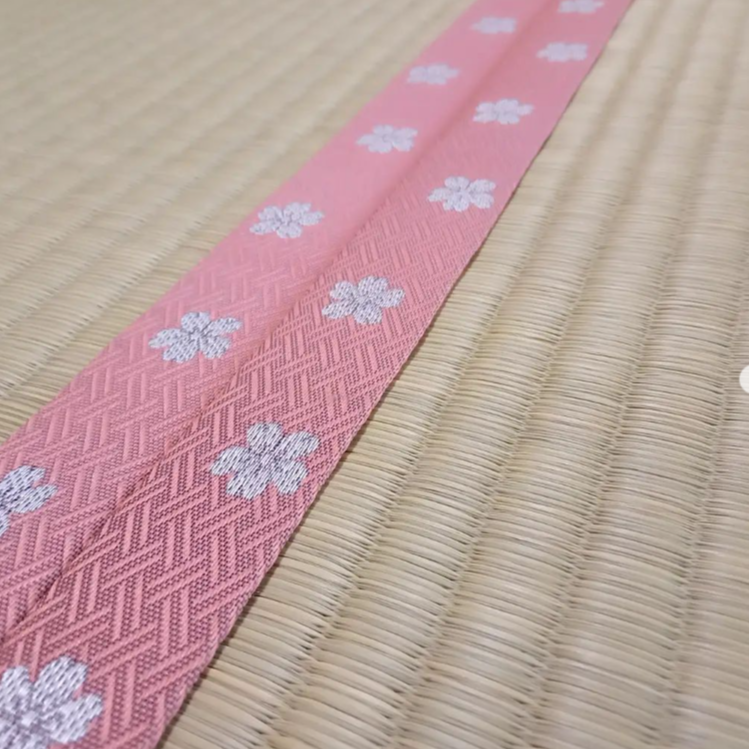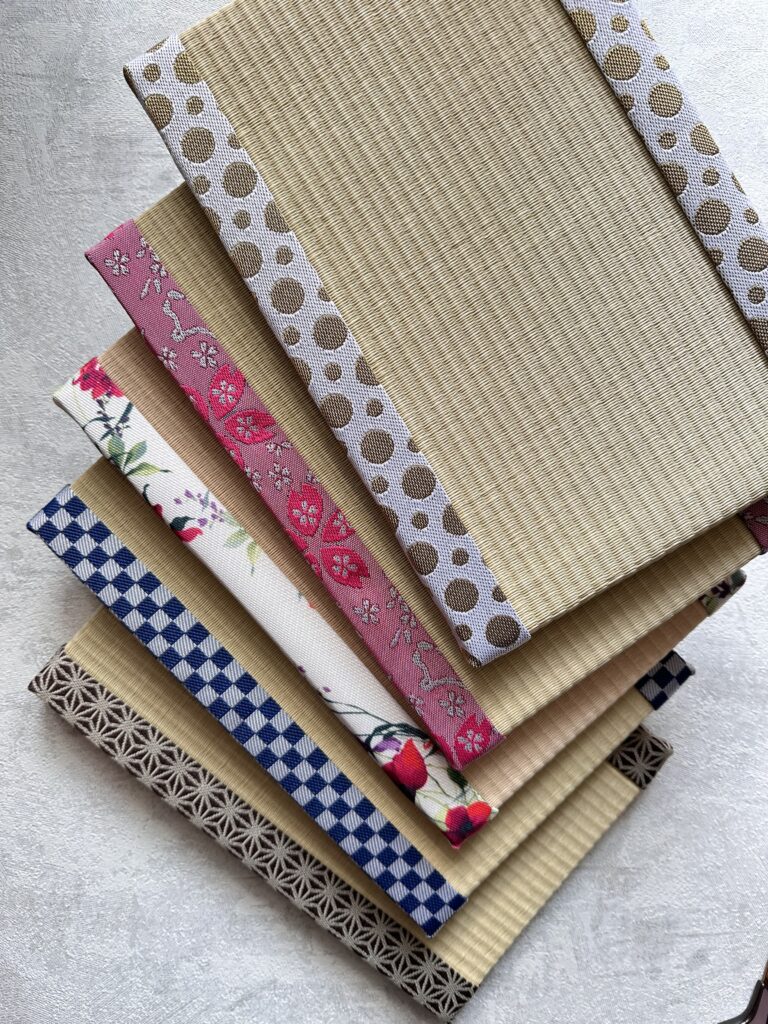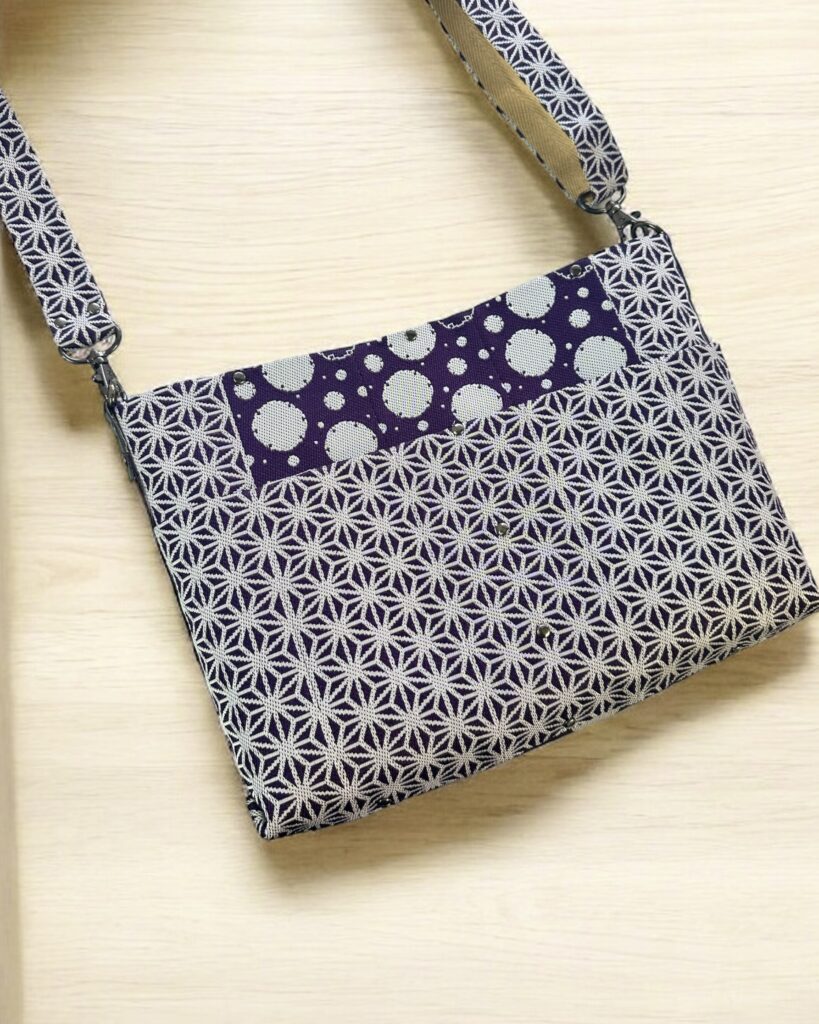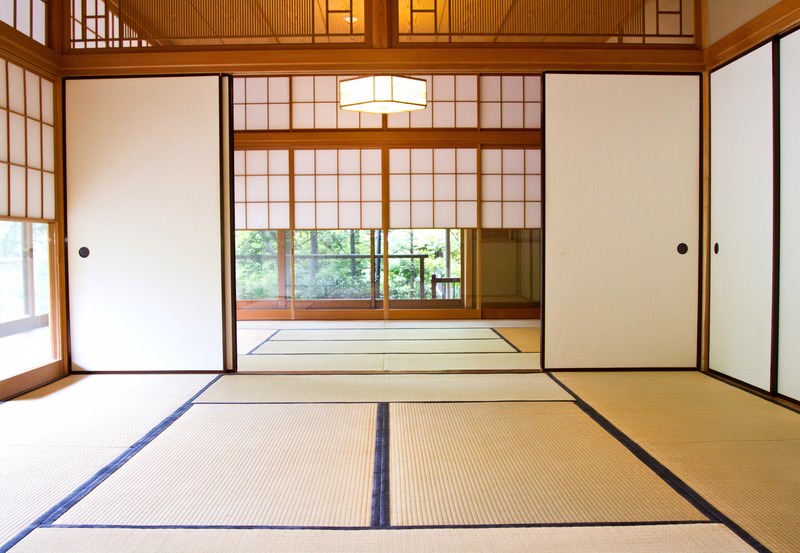When you think of Japan, you might picture tatami mats, the traditional flooring found in Japanese homes. But have you ever noticed the beautiful fabric edges that frame these mats? These edges are called “Tatami-beri” (畳縁), and they play a significant role in Japan’s rich cultural history.
What is Tatami-beri?
Tatami-beri is a strip of fabric sewn along the edges of tatami mats. Traditionally, it serves two purposes:
- Practicality – It protects the edges of tatami mats from fraying or wearing out.
- Aesthetic Appeal – With intricate patterns and vibrant colors, Tatami-beri adds a touch of elegance to any room.
A Glimpse into History
Tatami-beri has been used for centuries, dating back to Japan’s Heian period (794-1185). In the past, the patterns and colors of Tatami-beri often reflected a person’s social status. For example, noble families used luxurious materials with elaborate designs, while common households opted for simpler styles.
Over time, Tatami-beri evolved from being a status symbol to an everyday item found in traditional and modern Japanese homes. Today, it is appreciated for its artistic beauty and craftsmanship.
Modern Tatami-beri
In modern Japan, Tatami-beri is not only used for tatami mats but also for creating unique crafts, such as bags, accessories, and even wall art. Its versatility and connection to Japanese culture make it a fascinating material for traditional and contemporary designs.
Why Learn About Tatami-beri?
By learning about Tatami-beri, you gain a deeper understanding of Japanese aesthetics and traditions. This simple yet intricate fabric tells a story of Japan’s history, art, and daily life.
In our next blog post, we’ll explore the different patterns and designs of Tatami-beri and the meanings behind them. Stay tuned to discover more about this hidden gem of Japanese culture!




